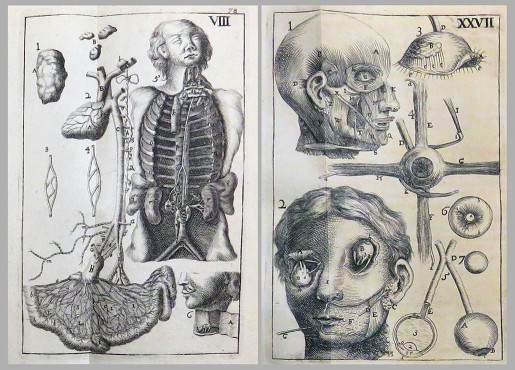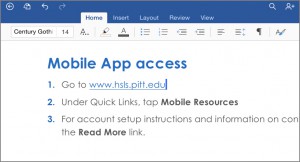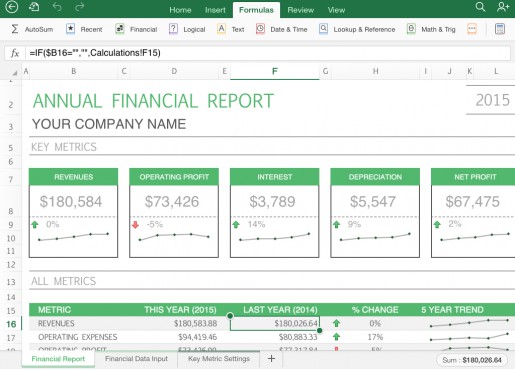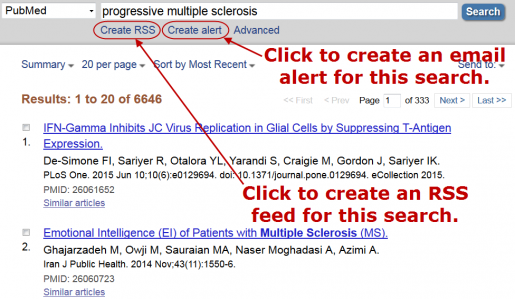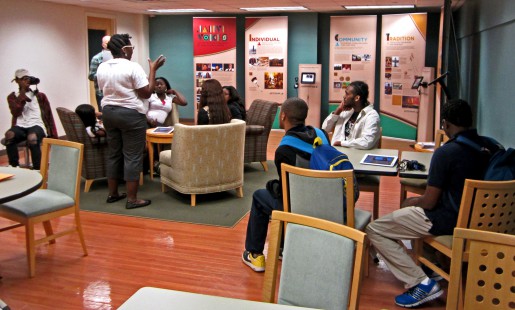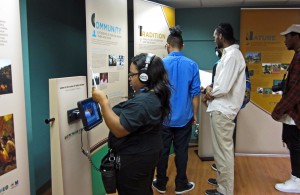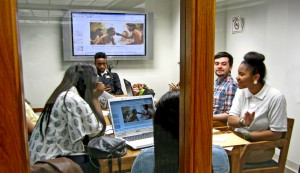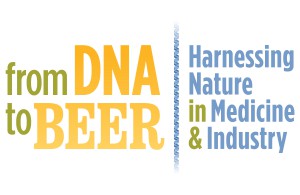 Microbes—tiny organisms too small to be seen with the naked eye—have altered human history. Life forms such as bacteria, yeasts, and molds can cause sickness or restore health, and help produce foods and beverages for our consumption. Drawing from the collections of the National Museum of American History and the National Library of Medicine, From DNA to Beer is an exhibit that promotes public understanding of the dynamic relationship between microbes, technology, science, and medicine.
Microbes—tiny organisms too small to be seen with the naked eye—have altered human history. Life forms such as bacteria, yeasts, and molds can cause sickness or restore health, and help produce foods and beverages for our consumption. Drawing from the collections of the National Museum of American History and the National Library of Medicine, From DNA to Beer is an exhibit that promotes public understanding of the dynamic relationship between microbes, technology, science, and medicine.
From DNA to Beer will be on exhibit at Falk Library from August 31 through October 10, 2015. In conjunction with the exhibit, the following special lectures are scheduled:
“Background to the Discovery of DNA” by Adam Davis, MA
Thursday, September 17, 2015, at 6 p.m.
Lecture Room 1105, Scaife Hall
Following the lecture, attendees are invited to view the exhibit during a reception in Falk Library, 200 Scaife Hall
“Erythropoeitin: A Case History – The Promise and Perils of Harnessing Nature” by Jamie Johnston, MD
Thursday, October 8, 2015, at 6 p.m.
Lecture Room 1105, Scaife Hall
A special Molecular Biology workshop, “Delve into the World of Genes, Genomes, & Microbes with InfoBoosters,” will be held on Monday, September 21, at 1 p.m. in Falk Library, Classroom 2.
The exhibit is comprised of six panels, a video presentation, and display cases, all of which can be seen on the main floor of Falk Library. The exhibit is free and open to the public during Falk Library’s regular hours.
~Julia Dahm
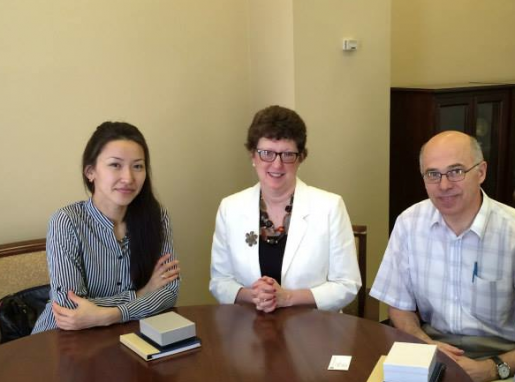
 HSLS provides access to hundreds of medical e-books through ClinicalKey. In order to print a book chapter or access the PDF version of a book chapter in ClinicalKey, you must first create a Personal Account and log in. To do this, go to the
HSLS provides access to hundreds of medical e-books through ClinicalKey. In order to print a book chapter or access the PDF version of a book chapter in ClinicalKey, you must first create a Personal Account and log in. To do this, go to the 
